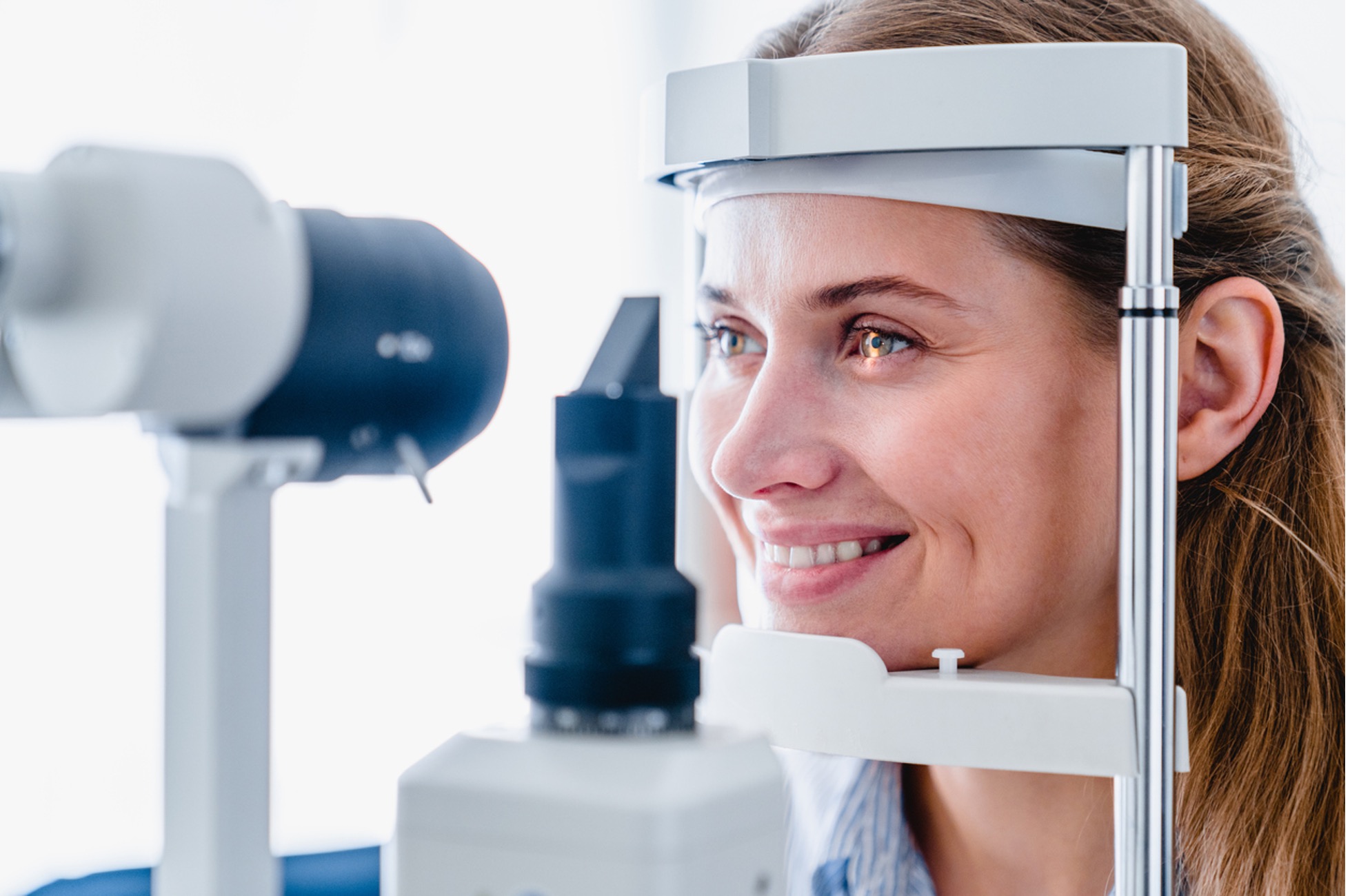Neighborhood Glaucoma Service Near Me: Trusted Professionals for Eye Health And Wellness
Neighborhood Glaucoma Service Near Me: Trusted Professionals for Eye Health And Wellness
Blog Article
The Function of Advanced Diagnostic Devices in Identifying Eye Disorders
In the realm of ophthalmology, the utilization of innovative analysis devices has reinvented the early recognition and administration of different eye disorders. From identifying subtle modifications in the optic nerve to checking the progression of retinal illness, these modern technologies play a critical function in boosting the precision and performance of identifying eye problems. As the need for precise and timely medical diagnoses continues to grow, the assimilation of sophisticated devices like optical coherence tomography and aesthetic field testing has actually become indispensable in the world of eye care. The intricate interplay between technology and ophthalmic practices not just clarifies complex pathologies but likewise opens up doors to customized therapy techniques.
Importance of Very Early Diagnosis
Early diagnosis plays a critical role in the efficient administration and therapy of eye problems. Timely identification of eye problems is important as it allows for prompt intervention, possibly avoiding further progression of the illness and lessening lasting complications. By finding eye problems at a beginning, doctor can provide appropriate treatment plans tailored to the particular problem, inevitably bring about better results for people. Early medical diagnosis enables individuals to gain access to required assistance services and resources earlier, enhancing their overall high quality of life.

Modern Technology for Detecting Glaucoma
Advanced analysis modern technologies play an important function in the early detection and surveillance of glaucoma, a leading reason for irreversible blindness worldwide. One such modern technology is optical comprehensibility tomography (OCT), which gives in-depth cross-sectional pictures of the retina, enabling the measurement of retinal nerve fiber layer thickness. This dimension is necessary in evaluating damage triggered by glaucoma. Another advanced tool is aesthetic field screening, which maps the level of sensitivity of a person's visual field, helping to spot any areas of vision loss characteristic of glaucoma. Furthermore, tonometry is made use of to gauge intraocular stress, a major threat element for glaucoma. This test is critical as elevated intraocular stress can lead to optic nerve damage. More recent modern technologies like the use of man-made intelligence algorithms in evaluating imaging data are revealing appealing results in the early detection of glaucoma. These sophisticated diagnostic tools allow eye doctors to diagnose have a peek at these guys glaucoma in its early phases, permitting timely intervention and far better management of the illness to protect against vision loss.
Role of Optical Comprehensibility Tomography

OCT's capacity to evaluate retinal nerve fiber layer density permits accurate and unbiased dimensions, aiding in the very early detection of glaucoma even before visual area issues come to be noticeable. OCT modern technology allows longitudinal tracking of structural changes over time, promoting tailored treatment strategies and prompt interventions to assist preserve patients' vision. The non-invasive nature of OCT imaging additionally makes it a favored choice for monitoring glaucoma development, as it can be duplicated frequently without causing pain to the person. Overall, OCT plays a critical function in enhancing the analysis precision and monitoring of glaucoma, ultimately adding to better outcomes for individuals in jeopardy of vision loss.
Enhancing Diagnosis With Visual Area Screening
A vital element in thorough ophthalmic examinations, aesthetic area screening plays a pivotal duty in boosting the diagnostic procedure for different eye conditions. By assessing the full degree of a client's aesthetic area, this examination supplies critical information regarding read what he said the functional stability of the entire aesthetic path, from the retina to the aesthetic cortex.
Visual field testing is especially valuable in the medical diagnosis and administration of conditions such as glaucoma, optic nerve conditions, and numerous neurological conditions that can impact vision. Through quantitative dimensions of outer and main vision, medical professionals can find refined modifications that may show the visibility or progression of these conditions, also prior to visible signs occur.
Moreover, aesthetic area testing enables the surveillance of therapy efficacy, helping ophthalmologists customize healing interventions to specific people. eyecare near me. By tracking changes in aesthetic field efficiency gradually, health care service providers can make educated choices regarding changing drugs, recommending medical interventions, or implementing other ideal actions to maintain or enhance an individual's visual feature
Managing Macular Deterioration

Conclusion
In verdict, advanced diagnostic devices play a vital duty in identifying eye problems early on. Technologies such as Optical Comprehensibility Tomography and visual field screening have actually greatly boosted the accuracy and performance of diagnosing conditions like glaucoma and macular degeneration.
Report this page